60. Drive at the slowest speed that is safe, courteous, and convenient.
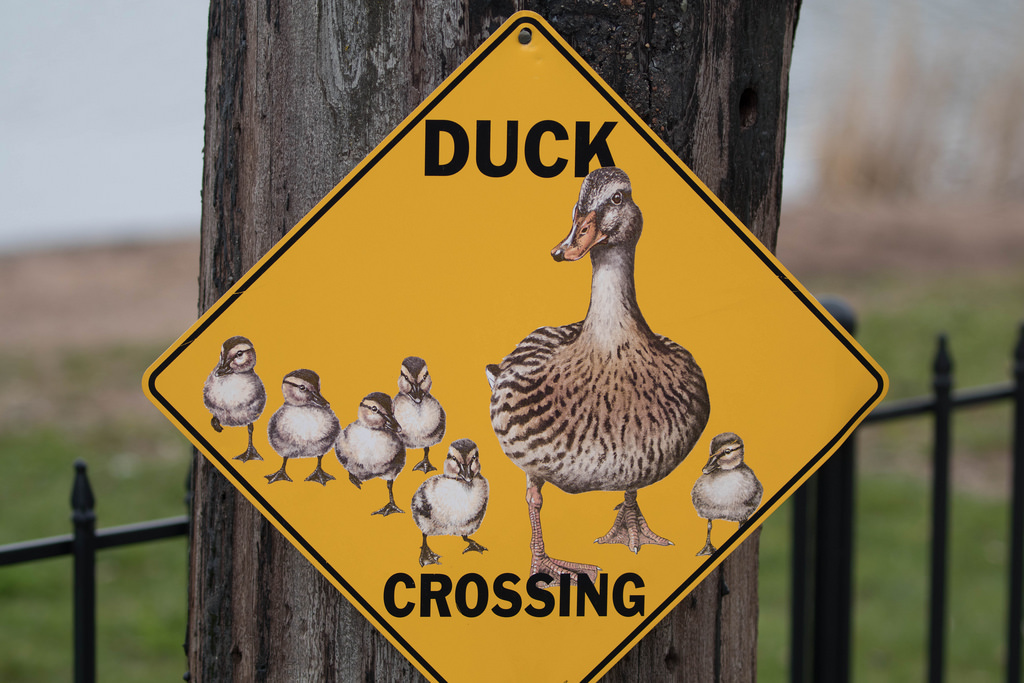
During the winter of 2004-2005, the largest irruption of northern owls ever recorded brought thousands of Great Gray, Northern Hawk, and Boreal Owls into northern Minnesota, Wisconsin, and North Dakota. Birds that had spent their entire lives in the northern wilderness suddenly found themselves on country roads and even major thoroughfares and interstate highways. As many as ten owls could be found on the twenty-mile drive along the highway between Duluth and Two Harbors, Minnesota, some sitting right on signs and telephone poles at the edge of the road. And over the season, many of these inexperienced birds were killed by cars. Virtually every day in December and January I received phone calls—some days as many as five or six—from distraught people who had collided with an owl or come across one dead on the road. These collisions were a topic of conversation throughout the area, in grocery stores and doctors’ offices. I asked many people whether they thought it would be better for these owls if we all slowed down a bit. Almost without exception, people said yes. But then they added that it would probably be too dangerous to slow down unless everyone else did. No one wanted to start the trend.
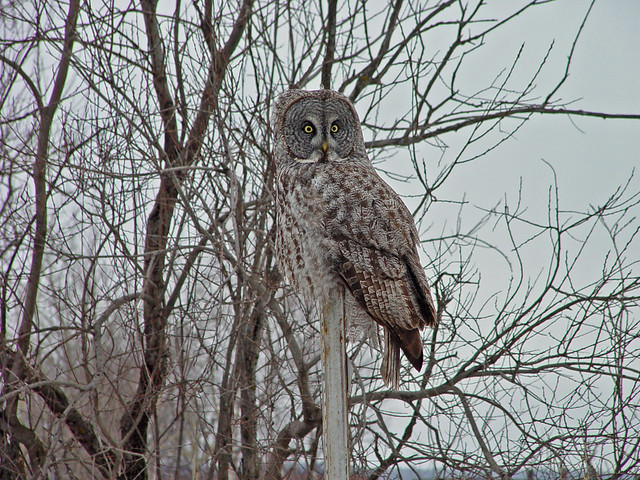
Great Gray Owls are huge and conspicuous and therefore fairly easy to avoid. But just a few months before their winter invasion, there was a fall migration fallout of Yellow-rumped Warblers in Duluth. Cool air and warmer land temperatures grounded the little birds all over the city, especially on sun-warmed areas such as roads. So many were being run over that several crows and jays had actually learned to sit atop traffic lights and wait, swooping down on the dead and dying birds during red lights. There were so many dead warblers that the jays and crows weren’t even eating the ones they retrieved; they were stashing them in conifers and under leaves, as they do when caching seeds. I found that driving 25 miles per hour was the fastest I could go and still avoid hitting any of the tiny birds. It’s easy to drive that speed when you have the road to yourself, but trickier in traffic. Again, the “I’d drive slower if everyone else did” mind-set was at work. Interestingly, when I did slow down to a bird-safe speed during this time, no other drivers showed impatience. Perhaps during migration phenomena of this magnitude, radio and television news commentators could remind their listeners to slow down a bit. Such events are rare and usually last only a few days. Couldn’t we humans accommodate birds during such brief periods?
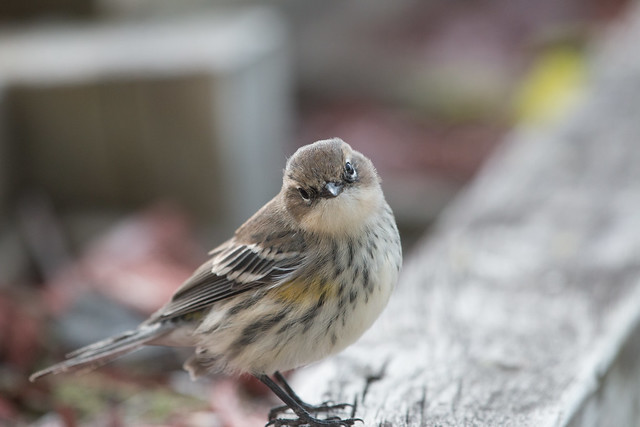
Of course, birds gather on roadsides throughout the year. The United States is crisscrossed by over 8 million lane miles of roads, and 6.3 million of them—over 75 percent—are in rural areas. Early in the morning, many sparrows and thrushes gather on roadsides to pick up grit or insects and worms illuminated by streetlights. So many are killed by cars that many crows, ravens, and jays have learned to take early-morning excursions above highways to capitalize on the carnage; some even migrate above highways, where they can spot these flattened fast-food opportunities as they go. There is evidence that Red-headed Woodpecker numbers have been adversely affected by highways because of their habit of swooping across clearings at lower heights than other woodpeckers do.
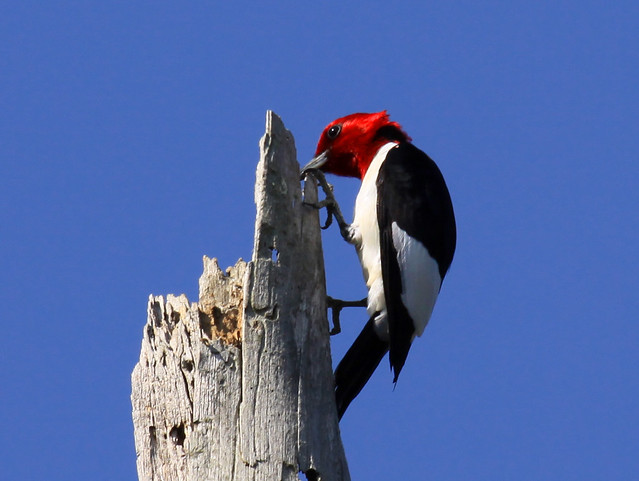
Collisions with automobiles kill 60 million to 80 million birds a year, and thousands to millions more die each year from oil spills and other causes directly related to fueling our cars. According to EPA figures, the optimal highway speed for fuel efficiency in the average car is 55 mph, and fuel efficiency drops dramatically above 60 mph. That’s why the Nixon administration lowered the speed limit to 55 on interstate highways in the 1970s during the gas shortages. My hybrid car’s optimal speed for the best gas mileage is about 40 mph; I consistently average over 60 mpg at that speed. As a finite natural resource, the gas we burn today simply won’t be available for our children and grandchildren, and the more gas we use, the more we contribute to the many problems associated with oil production. When we’re in a hurry for a good reason, driving the speed limit is certainly justifiable. But otherwise, driving more slowly—at a speed that’s convenient for us and safe and courteous for other drivers—protects the air and water and saves gas, money, lives, and wildlife.
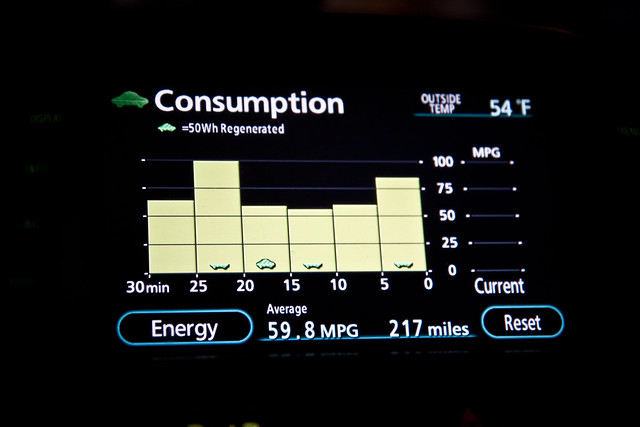
Of course, driving slowly can’t prevent all collisions with birds and other wildlife, but speed is definitely a major factor. When we slow down, not only are we better able to detect and react to animals in the road ahead; we can also notice and enjoy wildlife along the way. On a country road, slowing down from 60 to 45 mph makes the drive time 33 percent longer, but it can increase both the enjoyment and the safety of the trip.
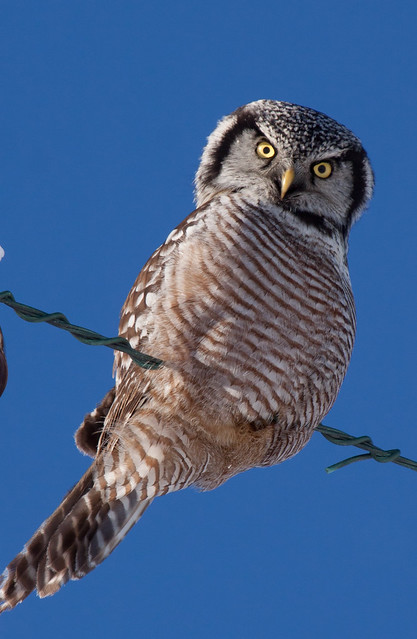
Minimizing roadkills helps in other ways as well. Many people who complain about excessive crow populations never even think about how crows and other scavengers profit from road-killed animals. With the extremely tight city, county, and state budgets in many areas, highway crews aren’t concentrating on roadkill removal, and even crow populations aren’t sufficient to quickly clear away all the decaying animals. Pathogens can build up quickly in carcasses and can be carried to our homes and yards on the feet or bodies of scavengers, including house flies. Preventing roadkills in the first place is in everyone’s best interest.
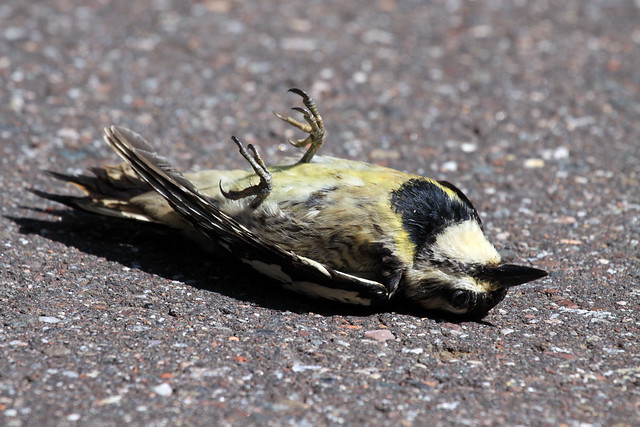
Good driving habits will help avoid collisions with deer, birds, and other wildlife. Any time a car is following closely behind you, allow it to pass as soon as possible. You don’t want someone right on your tail if you have to brake for an animal in the road. If a car approaches rapidly from behind, it’s safest and most courteous to speed up until you reach a safe place for the car to pass you, or find a place where you can pull over. Always wear your seat belt. According to several insurance Web sites, most people injured in animal-related crashes were not wearing their seat belts. Be extra vigilant in the early morning and evening—the most active time for wildlife. In low-light conditions and at night when there is no oncoming traffic, use your high-beam headlights to pick up eye shine at a distance. As soon as you detect a deer or other animal, slow down and turn on your low-beams so the animal doesn’t “freeze” in the headlights.
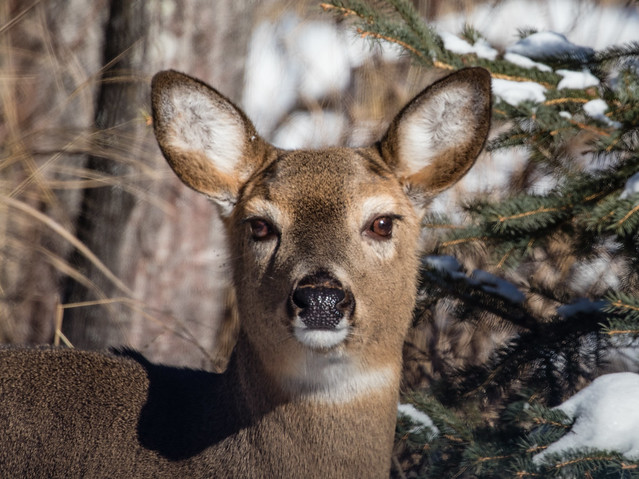
If you spot a bird, deer, or other animal in the road ahead of you, what’s the best response? First of all, be completely aware of the traffic around you. If you’re on a quiet country road with no one behind you, brake and stop as far from the animal as possible and beep your horn. If there is a distant car behind you, pump your brakes a few times to alert the driver to slow down. If you see an oncoming vehicle, flash your lights to alert the other driver that the animal is there and might cross into his or her lane. Never swerve—you may confuse the animal or lose control of your vehicle. Look for other animals after one has crossed the road. Deer and many ground-feeding or gallinaceous birds are found in pairs or groups.
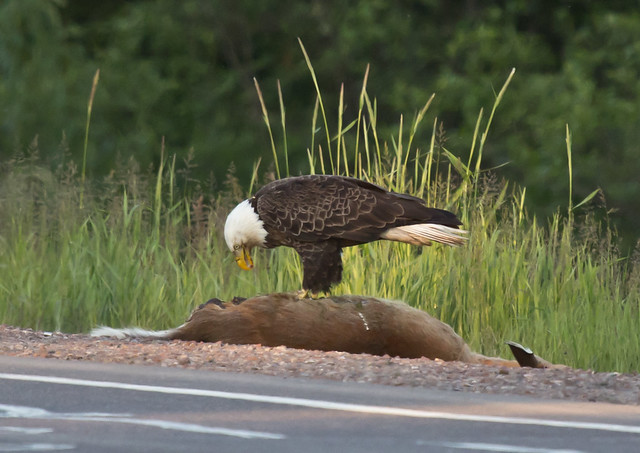
From 101 Ways to Help Birds, published by Stackpole in 2006. Please consider buying the book to show that there is a market for bird conservation books. (Photos, links, and updated information at the end of some entries are not from the book.)